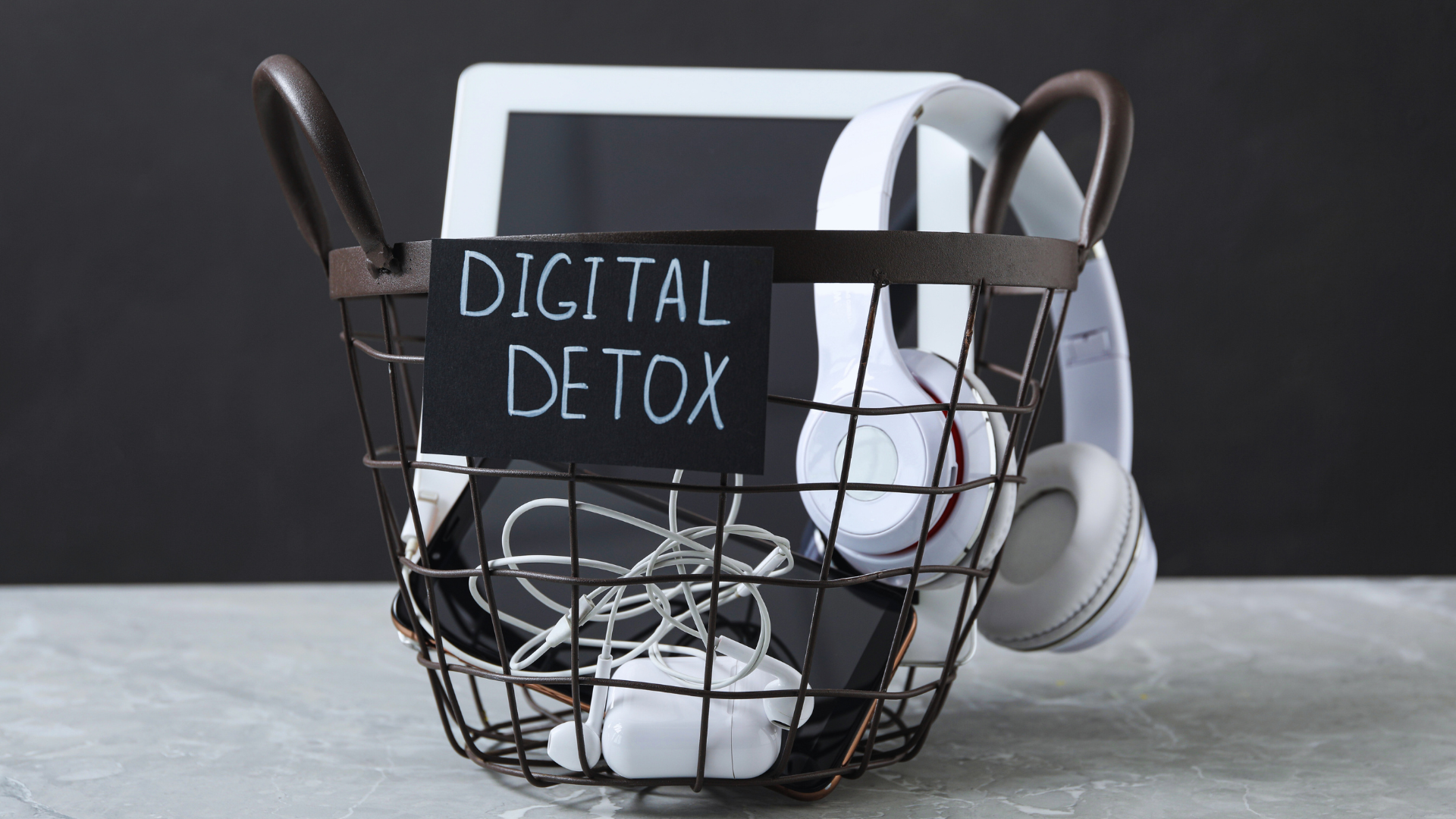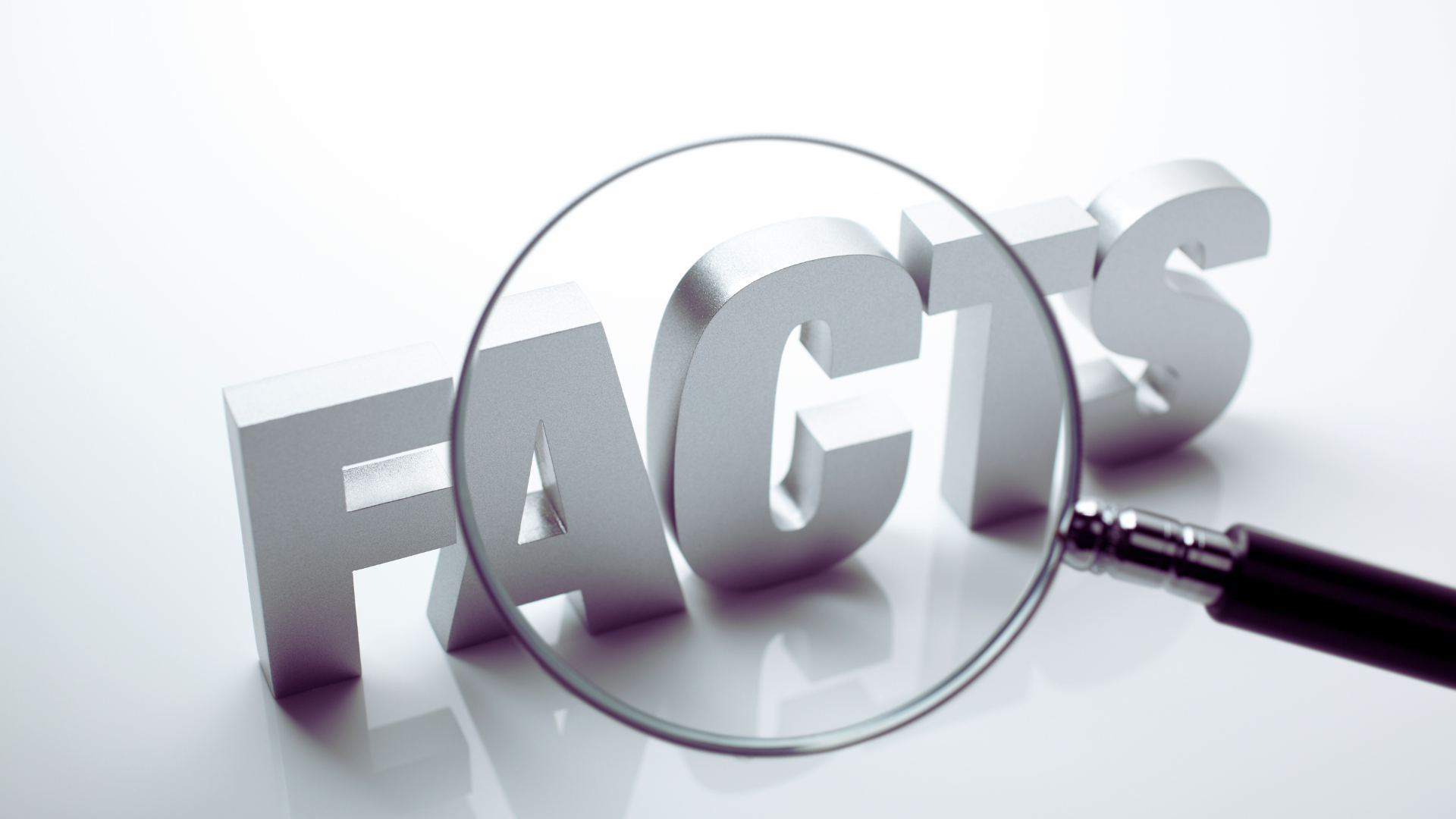The Impact of Social Connection on Your Health: Understanding Its Role in Well-Being
Social connection plays a crucial role in an individual’s well-being. Those who maintain strong relationships and engage in social activities often experience better physical and mental health outcomes. Whether through friendships, family ties, or community involvement, positive interactions can significantly enhance one’s quality of life.
Research consistently shows that social connections can reduce stress levels, lower the risk of chronic diseases, and even increase longevity. People who feel connected are more likely to adopt healthier lifestyles, seek medical care when needed, and exhibit greater resilience in challenging times. This illustrates that the health benefits of social connections extend beyond mere companionship; they are vital to overall health and wellness.
Loneliness and social isolation, on the other hand, can have detrimental effects. Numerous studies link these feelings to various health issues, including anxiety, depression, and cardiovascular problems. Building and nurturing social networks can serve as a protective factor, promoting a healthier and more fulfilling life.
How Social Connection Influences Health and Well-Being
Social connections play a crucial role in both physical and mental health. Research shows that strong relationships can lead to improved health outcomes and enhance overall quality of life.
Physical Health Outcomes
Social connections significantly impact physical health. Individuals with robust social ties often experience lower rates of heart disease, stroke, and high blood pressure. Studies indicate that these connections can even enhance longevity; those with supportive relationships tend to have better immune function and faster wound healing.
Moreover, social isolation is linked to an increased risk of chronic diseases. A lack of social interaction can contribute to higher mortality rates. Engaging with a community can foster healthy behaviors, encouraging individuals to participate in physical activities, which further improves their health and well-being.
Mental Health and Emotional Well-Being
Social connections are critical for mental health. Supportive relationships help reduce feelings of anxiety and depression. These connections provide emotional support that can buffer against stress and negative experiences.
Empathy and trust within relationships can strengthen emotional well-being. People who maintain close friendships tend to exhibit fewer depressive symptoms and demonstrate higher resilience in the face of life’s challenges. This emotional support network is vital for coping with life’s ups and downs, fostering a sense of belonging and purpose.
Social Support and Resilience
Social support is essential for building resilience. It involves receiving assistance and understanding from friends, family, or community members. Such support can enhance an individual’s ability to cope with stress and recover from setbacks.
People with access to strong social networks often report higher levels of trust and emotional well-being. This support mitigates the impact of adversities and promotes healthier lifestyle choices. In turn, it can lead to more effective management of chronic conditions, further reinforcing the importance of social connections in maintaining health and well-being.
Key Risk Factors and Negative Health Impacts of Social Disconnection
Social disconnection poses several significant health risks. Understanding these impacts is crucial for promoting individual well-being and public health.
Loneliness, Isolation, and Chronic Loneliness
Loneliness and social isolation are pervasive issues that can escalate into chronic loneliness. Chronic loneliness affects millions and is linked to depression and anxiety, often intensifying feelings of hopelessness. Individuals in isolated situations may struggle to form meaningful connections, leading to a declining emotional state.
Research shows that chronic loneliness can trigger stress hormones like cortisol. Increased cortisol levels can disrupt sleep patterns, leading to fatigue and decreased cognitive function. The emotional burden of feeling disconnected can further exacerbate mental health issues, creating a cycle that is hard to escape.
Psychosocial Stress and Its Biological Effects
Social disconnection increases psychosocial stress, which can have adverse biological effects. Stressors associated with isolation may lead to heightened levels of anxiety and depression. The body responds to this stress, often leading to physiological changes that compromise health.
Elevated stress hormones can contribute to inflammation, a contributor to various chronic diseases. Additionally, individuals under psychosocial stress often neglect self-care, further impacting their physical health. This disregarded health can manifest in various ways, including sleep disturbances and decreased immune response.
Serious Illnesses and Mortality
The correlation between social disconnection and serious illness is profound. Studies indicate that socially isolated individuals face higher risks of various diseases, including cardiovascular disease and immune system dysfunction. These conditions can lead to early death, significantly influencing overall life expectancy.
A lack of social interaction often limits access to resources that aid in managing health, such as support systems for chronic illnesses. The absence of connections diminishes motivation to seek help or engage in health-promoting behaviors, further compounding health risks. Ignoring these factors can have long-term consequences for both physical and mental health.
Factors Enhancing Social Connectedness and Positive Health Outcomes
Social connections significantly affect health outcomes and quality of life. Strengthening relationships and engaging with communities can lead to improved mental and physical well-being, particularly for older and young adults alike.
Building and Maintaining Supportive Relationships
Creating and nurturing supportive relationships can enhance well-being. Quality friendships and family connections provide emotional support, reducing stress and anxiety.
Strategies for Building Strong Ties:
- Regular Communication: Consistent contact helps maintain and strengthen relationships.
- Active Listening: Engaging fully in conversations fosters deeper connections.
- Quality Time: Prioritizing time together can enhance relationship satisfaction.
Healthy relationships contribute to physical health by encouraging positive lifestyle choices, such as regular exercise and balanced diets. Engaging with supportive individuals can lead to greater accountability and motivation in pursuing health goals.
Community Engagement and Social Networks
Community engagement fosters a sense of belonging that is crucial for mental health. Strong community connections provide opportunities for interaction and support.
Key Benefits of Community Engagement:
- Support Systems: Communities offer resources and connections that can aid in challenging times.
- Social Integration: Being part of a community can improve feelings of acceptance and belonging.
- Networking Opportunities: Expanding social networks helps individuals connect with others who share similar interests.
Active participation in community events or volunteer work promotes social engagement while also contributing to an individual’s sense of purpose and fulfillment. This can significantly improve their quality of life.
Lifestyle, Physical Activity, and Healthy Habits
Social connections often influence lifestyle choices, including physical activity and diet. Engaging with others can motivate individuals to maintain healthy habits.
Impact of Social Ties on Lifestyle:
- Exercise Groups: Joining exercise classes or sports teams fosters camaraderie and accountability.
- Shared Health Goals: Partnering with friends to achieve fitness objectives enhances motivation.
- Dietary Choices: Eating meals with others encourages healthier food selections and portion control.
Socially active individuals are more likely to engage in regular physical activity, reducing the risk of chronic diseases. Meaningful interactions can lead to healthier living habits, contributing significantly to overall well-being.
Lifespan, Cognitive, and Societal Implications of Social Connection
Social connections significantly influence lifespan, cognitive functions, and societal dynamics. The quality of relationships affects health outcomes, ranging from longevity to mental acuity and broader population trends.
Cognitive Health, Reserve, and Decline
Engagement in social relationships can enhance cognitive reserve, which acts as a buffer against cognitive decline. Enhanced cognitive reserve is linked to better outcomes in diseases such as dementia. Studies show that those with strong social ties often demonstrate improved memory and processing speed compared to individuals with limited interactions.
Conversely, social isolation can accelerate cognitive decline and exacerbate conditions like Alzheimer’s disease. The absence of regular social engagement can lead to loneliness, which has detrimental effects on mental health and cognitive function. Maintaining meaningful relationships is crucial for sustaining cognitive health as one ages.
Population Trends and Societal Considerations
Social connections have wider implications for public health, particularly regarding population trends. Communities with strong social networks report lower rates of chronic conditions such as diabetes and heart disease. Unemployment and divorce can weaken these networks, leading to increased health risks.
In regions where social engagement is prioritized, there are notable reductions in healthcare costs and improved quality of life. Public health initiatives often focus on fostering community connections to reduce health disparities, emphasizing the importance of collective support in enhancing population well-being.
The Role of Social Media in Modern Connection
Social media platforms facilitate connections that transcend geographical boundaries. While these tools offer the possibility of maintaining relationships, they also present challenges. Online interactions can lead to superficial relationships that lack emotional depth.
Despite this, social media can be beneficial for those who are socially isolated. It may provide a sense of belonging and opportunities for engagement that might not otherwise exist. Understanding the dual nature of online social interactions is key to leveraging these platforms for improved mental and physical health outcomes.









